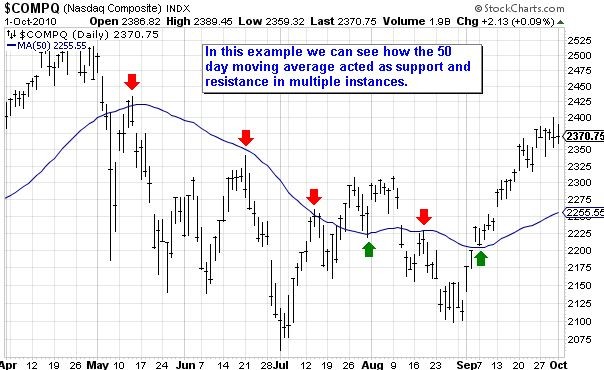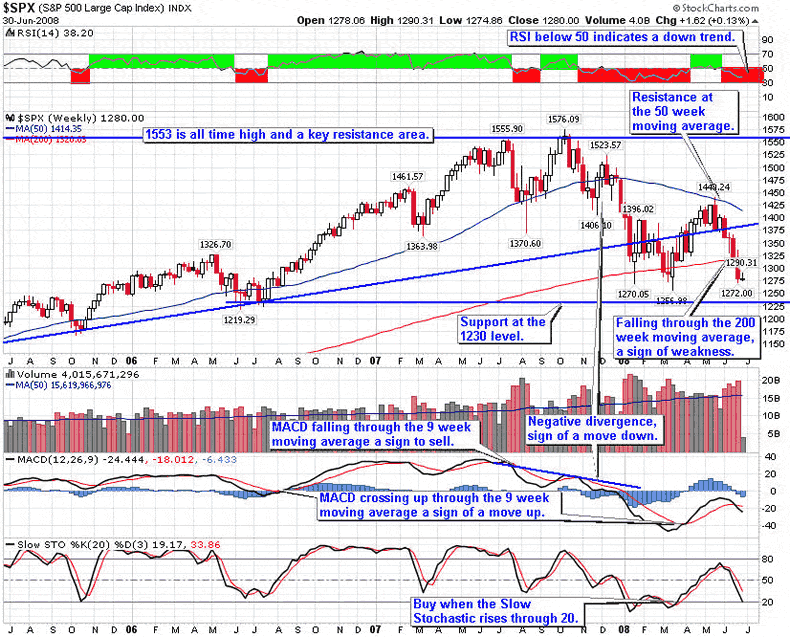5 Critical Rules for Understanding Support and Resistance Stock Trading To Go
Post on: 10 Август, 2015 No Comment

Two of the most basic, yet effective, technical patterns are support and resistance. These events are horizontal trendlines which cause a stock’s direction to reverse. When prices are falling, support represents the moment when buying overwhelms selling and prices reverse. Conversely, when stocks are moving higher, resistance is the point where selling overwhelms buying and the price increases stop.
Correctly identifying these trend changers will allow you to establish initial price targets and to develop your own sell discipline. As with other patterns we have previously discussed, knowing the fine details of support and resistance levels will increase your chances for success. These five support and resistance rules are:
1. Trends challenged – Support and resistance often act as decisive trend changers. When an existing trendline meets resistance, be prepared for a dynamic shift. For example, in the Allstate (ALL) chart, when the blue uptrend converged with resistance, prices moved lower.
2. Places change – If support is violated, that same level will act as future resistance. As the Dryships (DRYS) chart illustrates, the same horizontal trendline continues after support is violated, but with differing effect.
3. Retests reinforce – The more often a trendline is tested, the more valid it becomes. Cliff Natural Resources (CLF) shows persistent resistance at $32.50. With four separate challenges of this level over a four-month period, we should expect any future rallies to stall at this price.
4. Volume reinforces – If a resistance or support level is associated with increasing volume, the trend becomes more valid. Consider the trading history of Agrium (AGU). Since September 2008, $42.50 has served as resistance. Each time that price level is tested, volume increases (blue circles). This pattern adds weight to the $42.50 level and indicates that overcoming that price point will take significant time.

5. Time matters – The more recently a level has been established the more useful it is. A problem with the current bear market is that quick losses had many traders looking well into the past for support levels. Unfortunately, grasping distant history is not useful. Examining a three-year graph of Google (GOOG), we see a valid support at $520. By the time stocks were collapsing in the fall of 2008, that support level had not been tested in over one year. This made the support less important. When GOOG quickly traded through $520 and kept collapsing, we should not have been surprised.
Support and resistance levels are key mile markers in a stock’s progress. Whenever you’re developing trading strategies, consider these points on the graph. Doing so will help set profit targets and prevent frustration when eventual reversals occur.
Sean Hannon, CFA, CFP is a professional fund manager.
Further Education, Technical Analysis:














